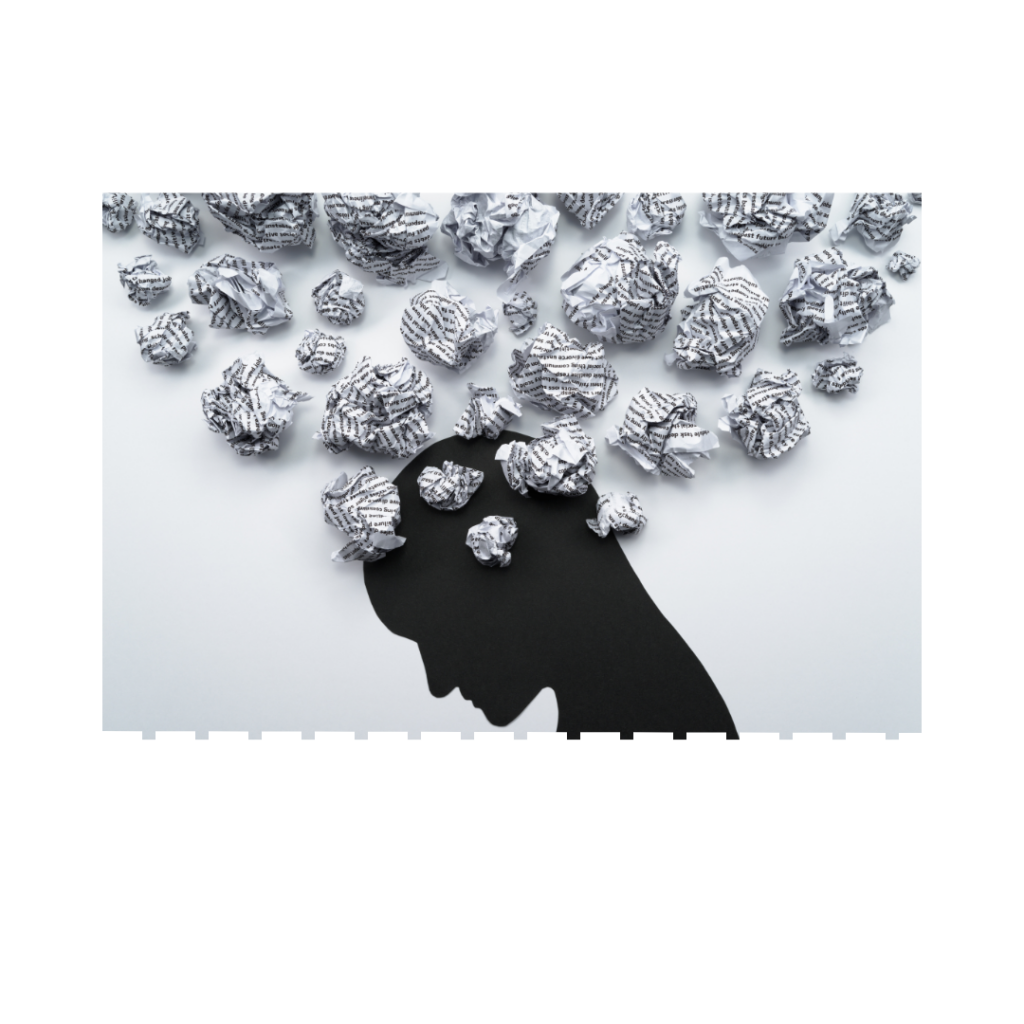
Understanding Anxiety and Depression: Differences, Overlaps, and Treatment Approaches
Anxiety and depression are two of the most common mental health disorders, yet they are often misunderstood and conflated. While they share some symptoms and can co-occur, they are distinct conditions with unique characteristics and treatment approaches. This blog post aims to provide a comprehensive understanding of anxiety and depression, their symptoms, types, intersections, and ways to seek help.
What is Anxiety?
Anxiety is a natural response to stress, characterized by feelings of worry, nervousness, or fear. While occasional anxiety is a normal part of life, anxiety disorders involve excessive and persistent worry that interferes with daily activities.
Types of Anxiety Disorders
- Generalized Anxiety Disorder (GAD): Excessive worry about various aspects of daily life.
- Panic Disorder: Recurrent, unexpected panic attacks accompanied by intense fear and physical symptoms.
- Social Anxiety Disorder: Intense fear of social situations and being judged or embarrassed.
- Specific Phobias: Extreme fear of specific objects or situations.
- Obsessive-Compulsive Disorder (OCD): Recurrent, unwanted thoughts (obsessions) and repetitive behaviors (compulsions).
- Post-Traumatic Stress Disorder (PTSD): Anxiety following exposure to a traumatic event.
Symptoms of Anxiety
- Excessive worry or fear
- Restlessness or feeling on edge
- Irritability
- Muscle tension
- Fatigue
- Difficulty concentrating
- Sleep disturbances
- Physical symptoms such as rapid heartbeat, sweating, trembling, or gastrointestinal issues
What is Depression?
Depression is a mood disorder characterized by persistent feelings of sadness, hopelessness, and a lack of interest or pleasure in activities. It affects how a person feels, thinks, and handles daily activities.
Symptoms of Depression
- Persistent sadness or low mood
- Loss of interest or pleasure in activities
- Changes in appetite or weight
- Sleep disturbances (insomnia or oversleeping)
- Fatigue or loss of energy
- Feelings of worthlessness or excessive guilt
- Difficulty concentrating or making decisions
- Thoughts of death or suicide
Overlapping Symptoms of Anxiety and Depression
Anxiety and depression share several symptoms, which can make it challenging to distinguish between the two:
- Fatigue
- Sleep disturbances
- Difficulty concentrating
- Irritability
- Restlessness or agitation
The Intersection: Anxiety and Depression Together
Many individuals experience both anxiety and depression simultaneously, a condition often referred to as comorbid or co-occurring disorders. This intersection can exacerbate symptoms, making the conditions more challenging to manage. For example, someone with GAD may develop depression due to the chronic stress and worry, while a person with depression might develop anxiety due to pervasive feelings of hopelessness.
Treatment Approaches
Both anxiety and depression are treatable conditions. The most effective treatment plans are often multifaceted, including:
- Psychotherapy:
- Cognitive Behavioral Therapy (CBT): Helps individuals identify and change negative thought patterns and behaviors.
- Exposure Therapy: Commonly used for anxiety disorders, it involves gradual exposure to feared situations to reduce sensitivity.
- Interpersonal Therapy (IPT): Focuses on improving interpersonal relationships and social functioning.
- Medication:
- Antidepressants: Such as SSRIs and SNRIs, which can treat both anxiety and depression.
- Anti-anxiety Medications: Such as benzodiazepines or buspirone, primarily for anxiety.
- Mood Stabilizers and Antipsychotics: Sometimes used in treatment-resistant cases.
- Lifestyle Changes:
- Regular exercise
- Healthy diet
- Adequate sleep
- Mindfulness and relaxation techniques, such as meditation or yoga
- Support Networks:
- Joining support groups
- Leaning on friends and family for support
How to Seek Help
If you or someone you know is struggling with anxiety or depression, seeking professional help is crucial. Here are steps to take:
- Consult a Primary Care Physician: They can provide an initial assessment and refer you to a mental health specialist.
- Find a Therapist: Look for licensed therapists who specialize in treating anxiety and depression.
- Reach Out to Support Groups: Connecting with others who share similar experiences can provide emotional support and practical advice.
- Emergency Help: If you or someone you know is in crisis or experiencing suicidal thoughts, contact emergency services or a crisis hotline immediately.
Conclusion
Understanding the differences and overlaps between anxiety and depression is vital for effective treatment and management. By recognizing the symptoms and seeking appropriate help, individuals can embark on a path to recovery and improved mental health. Remember, it’s essential to reach out for support and not face these challenges alone.
